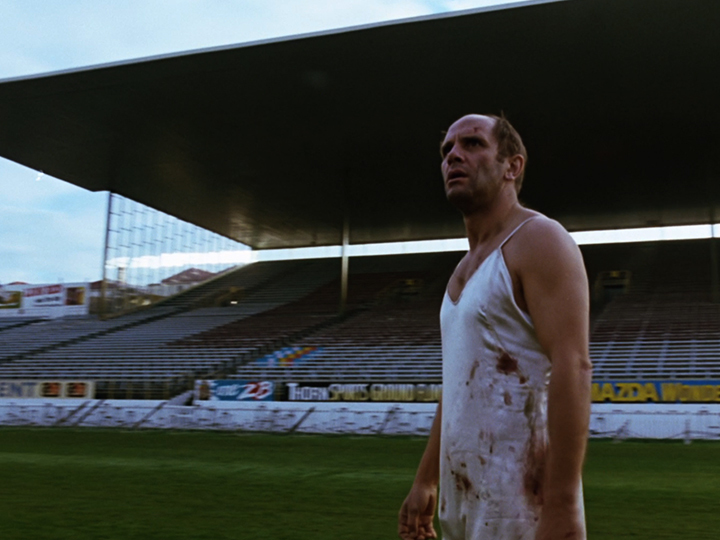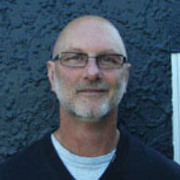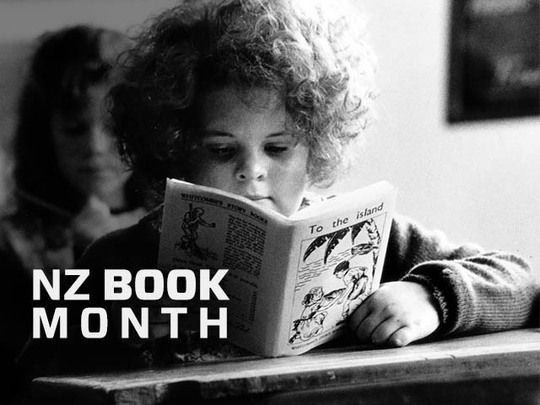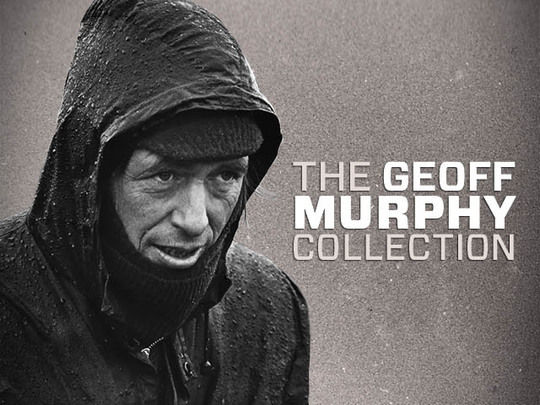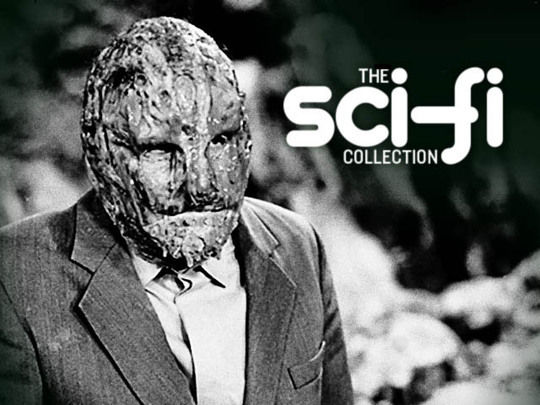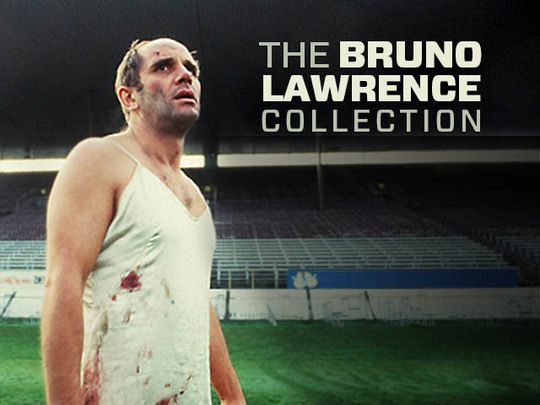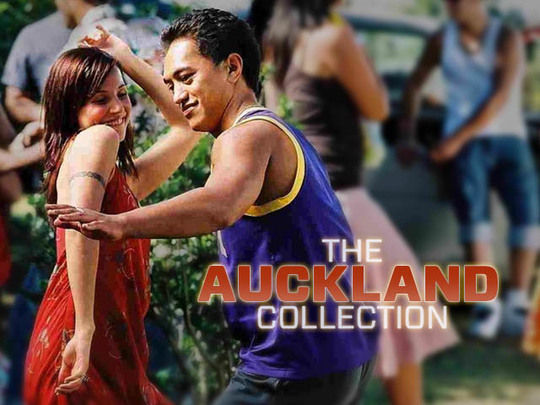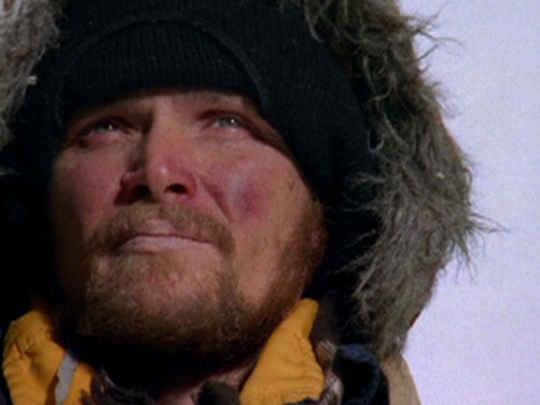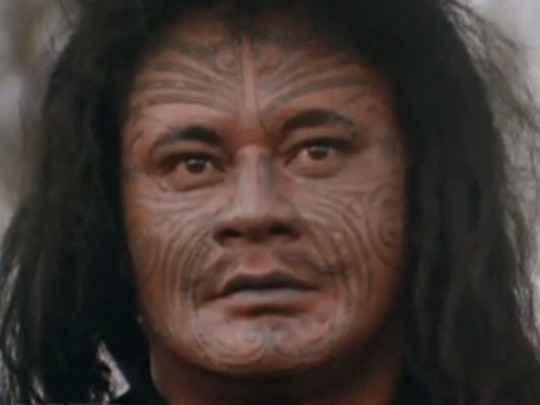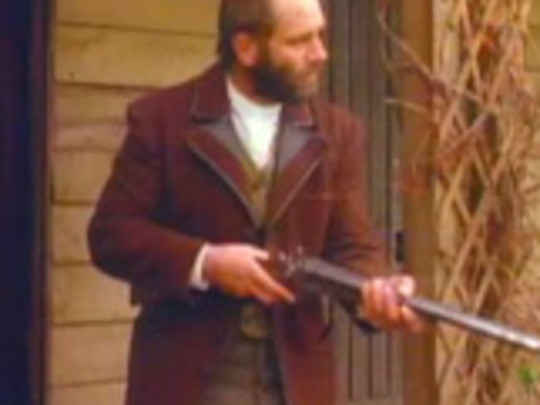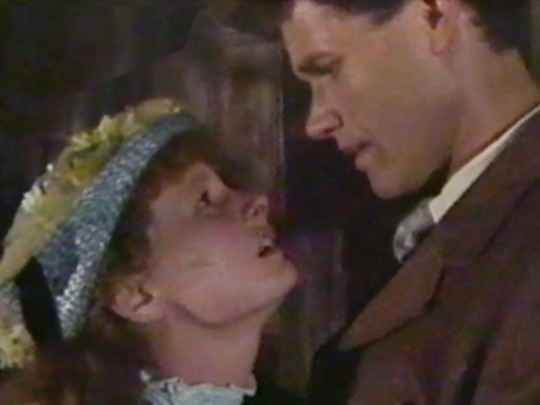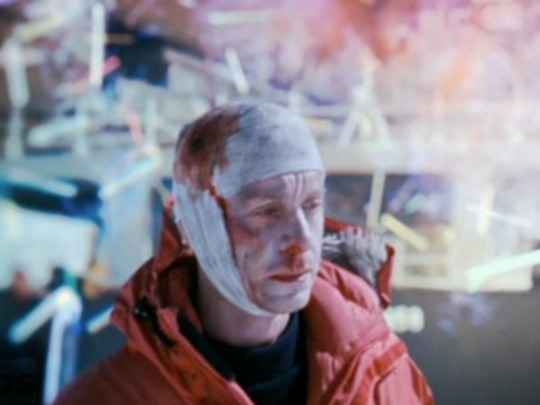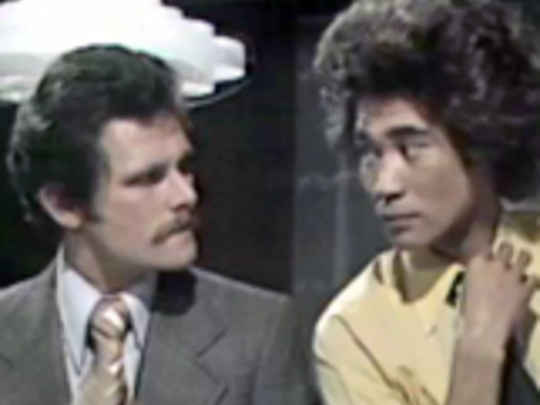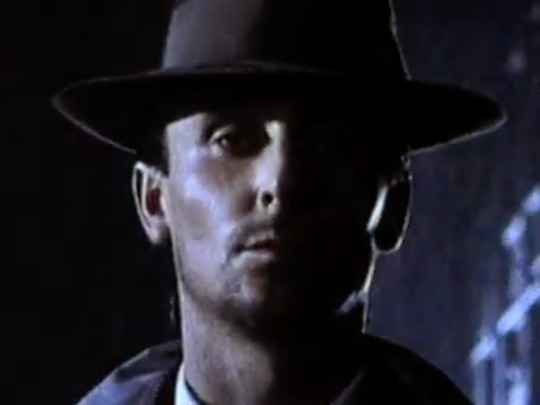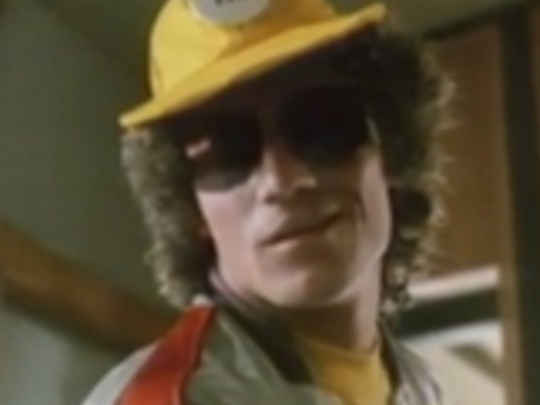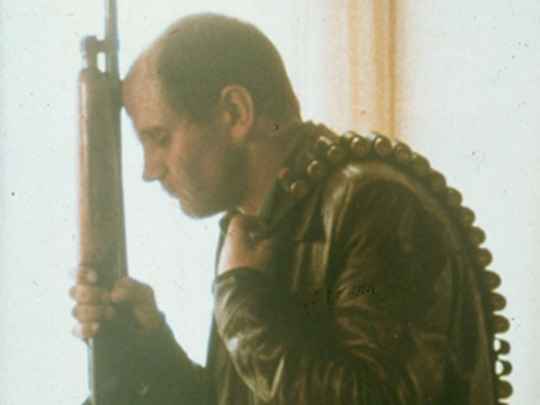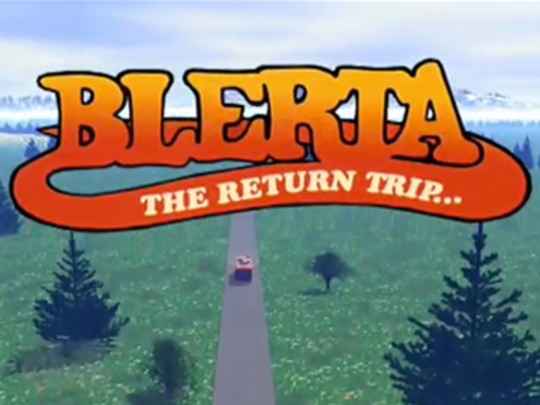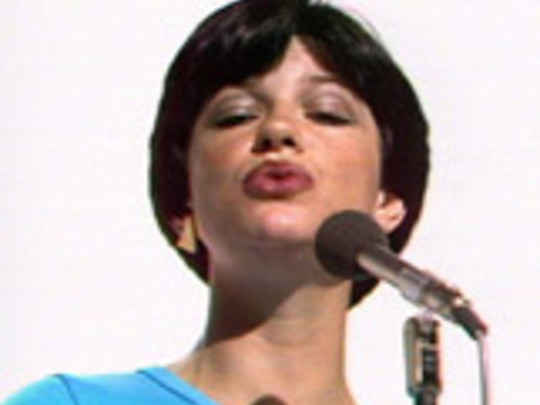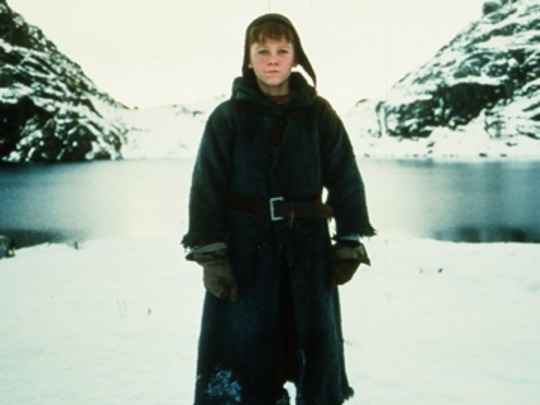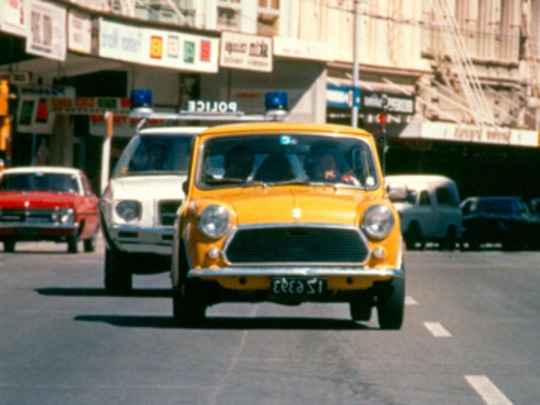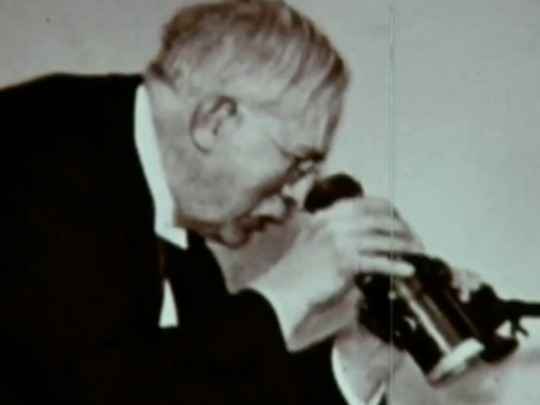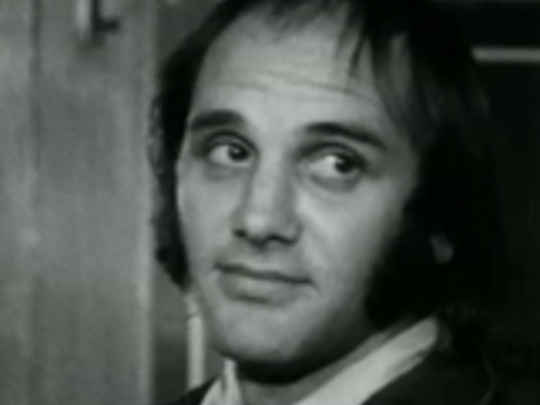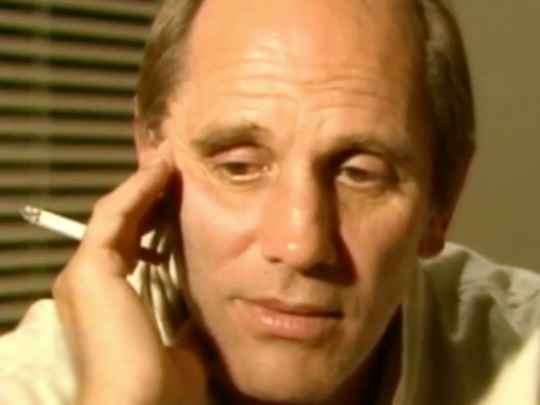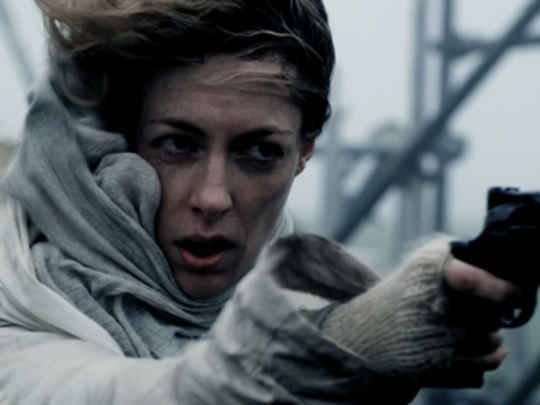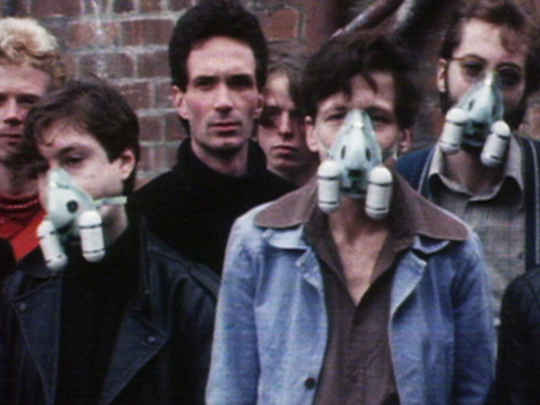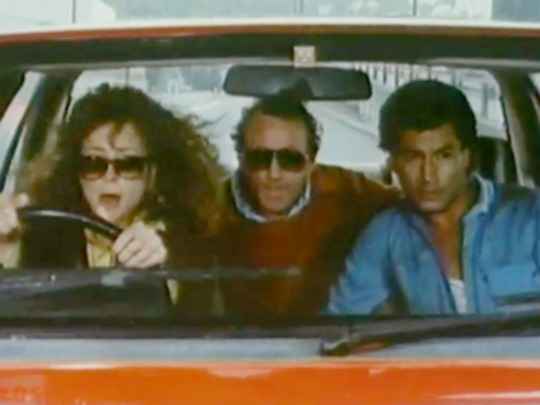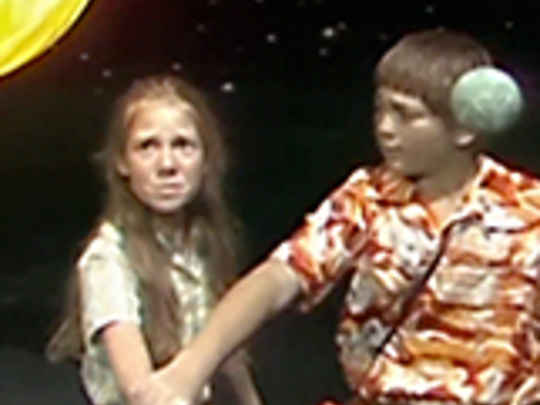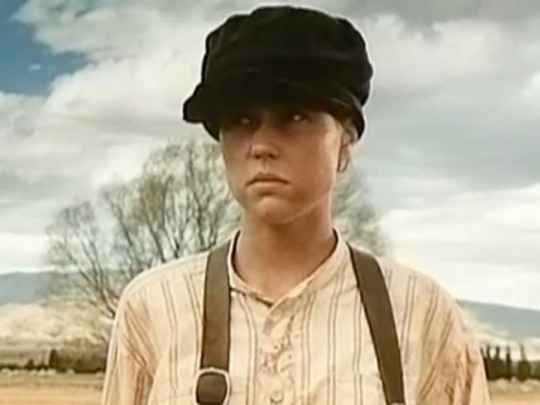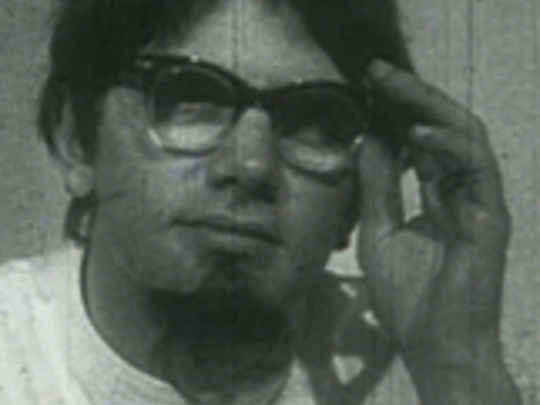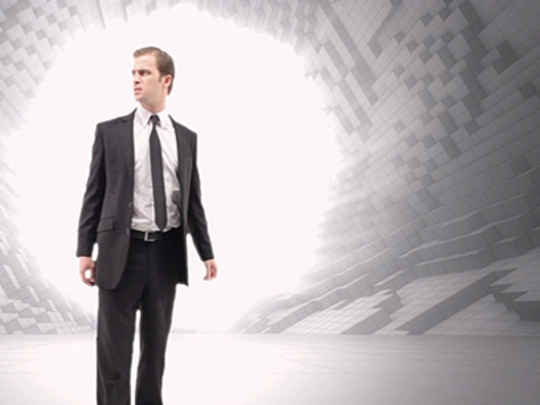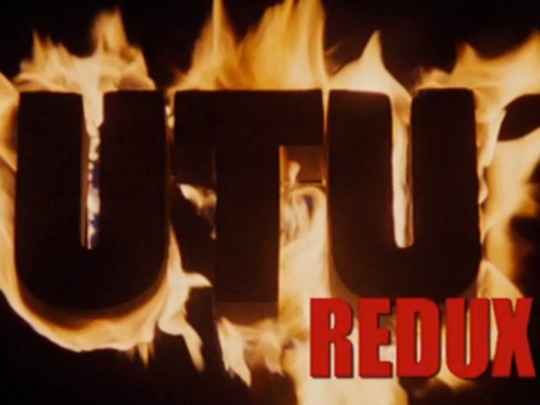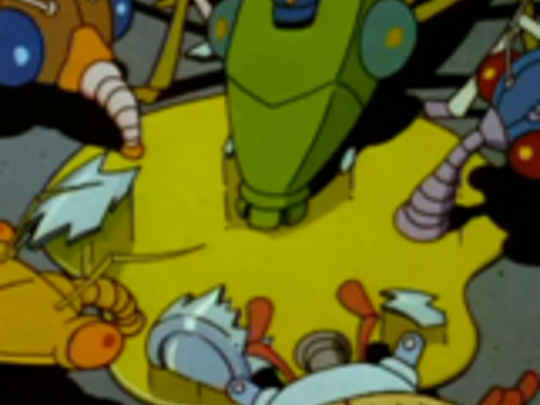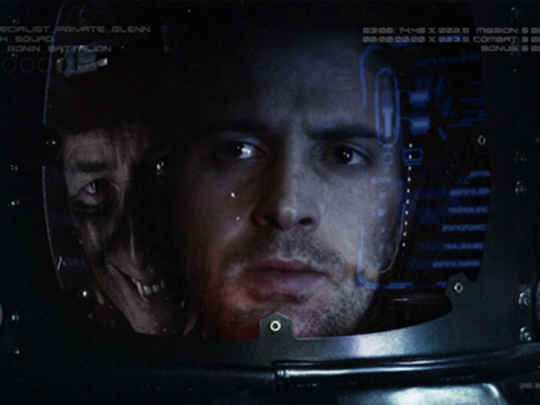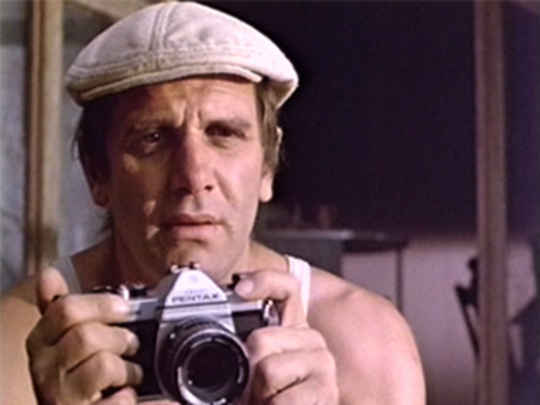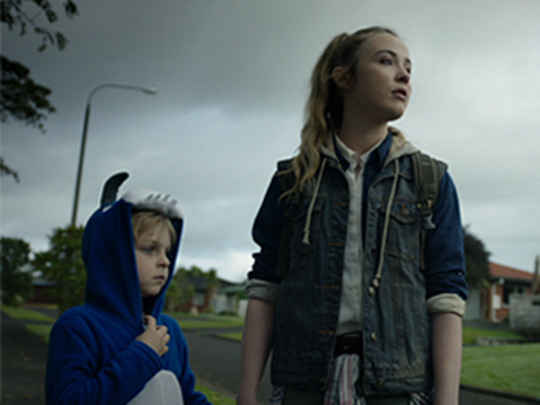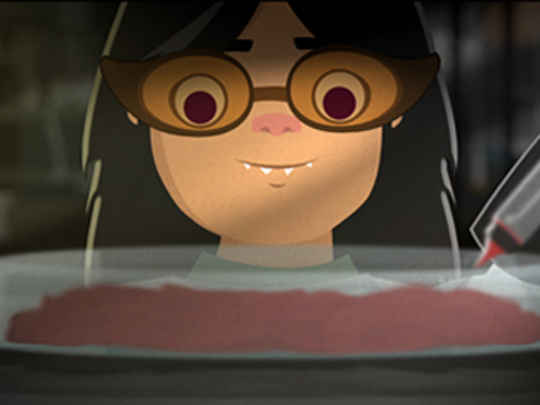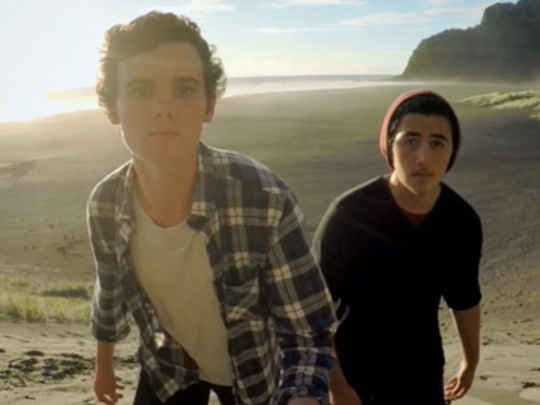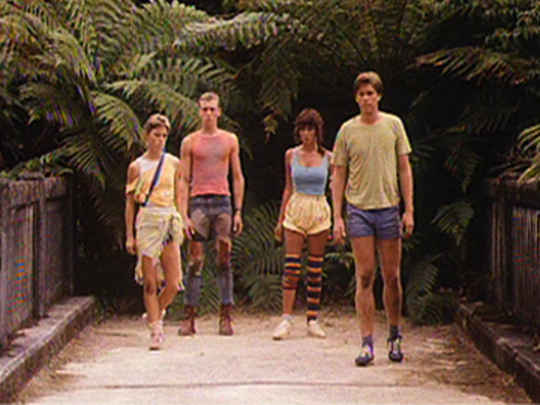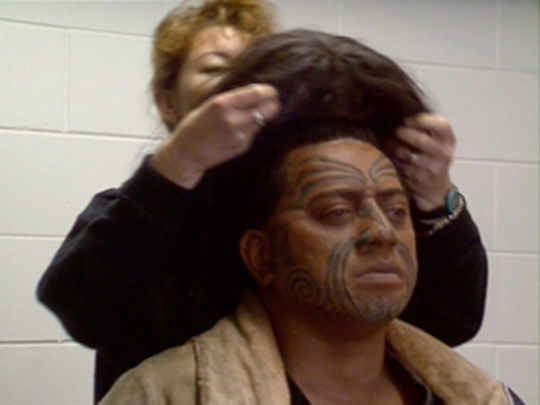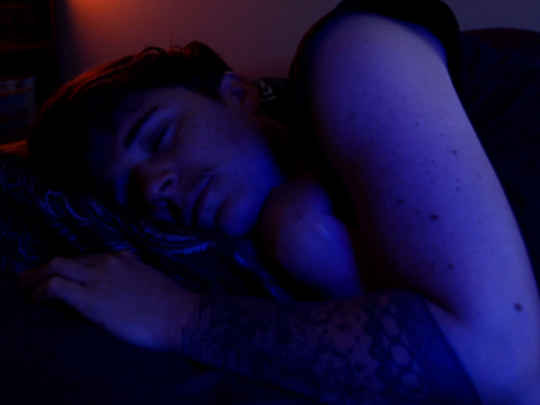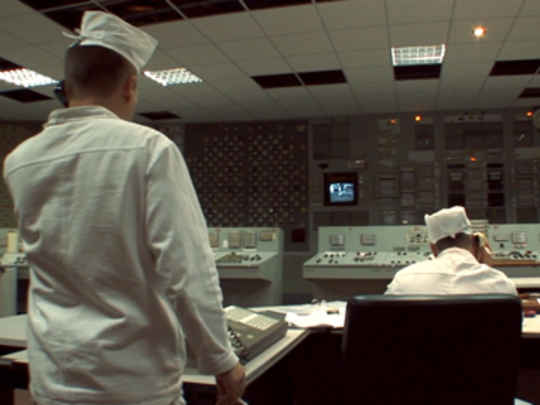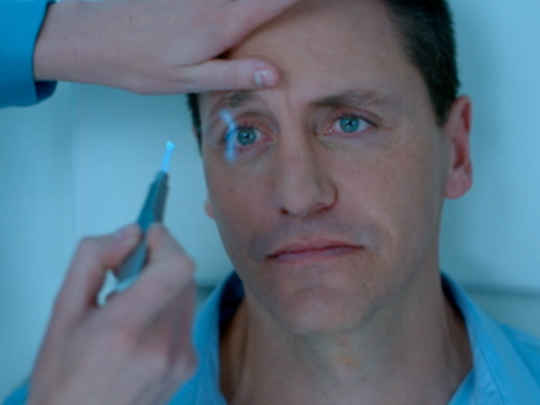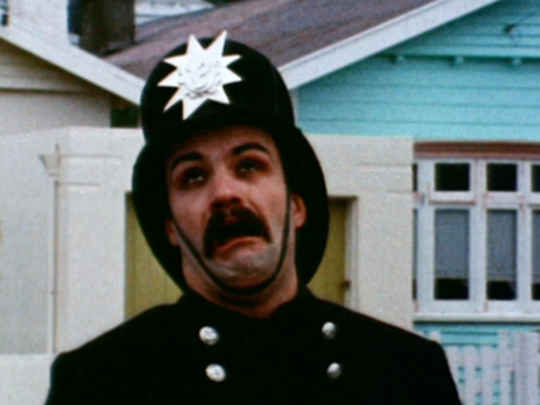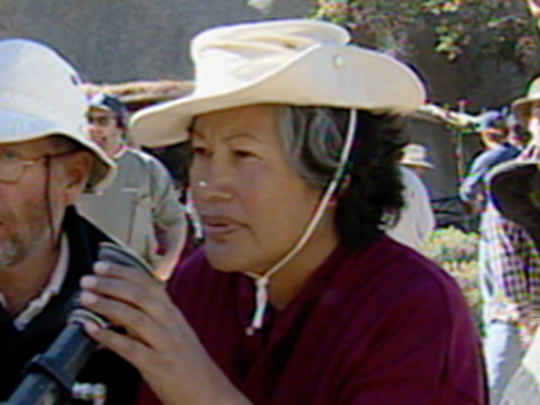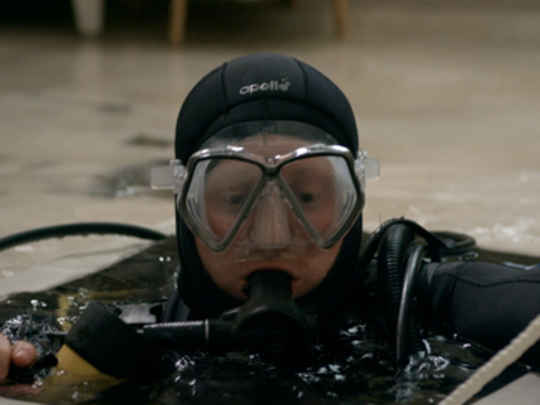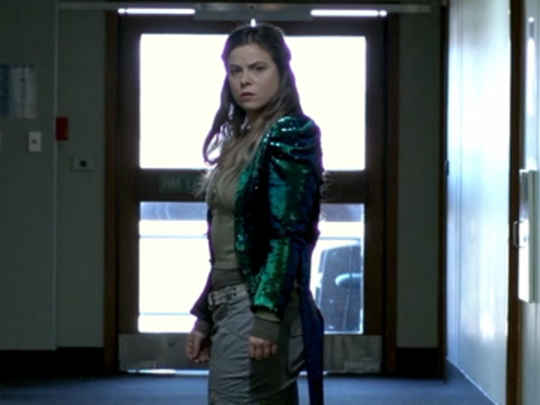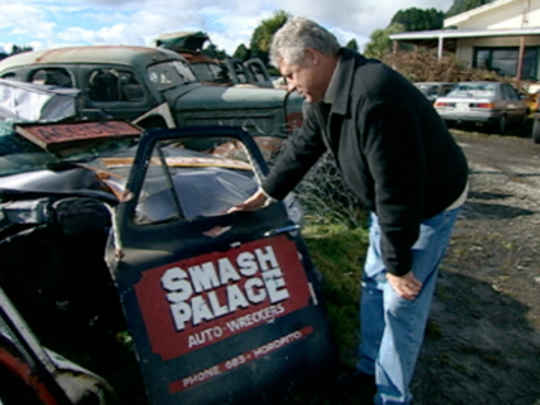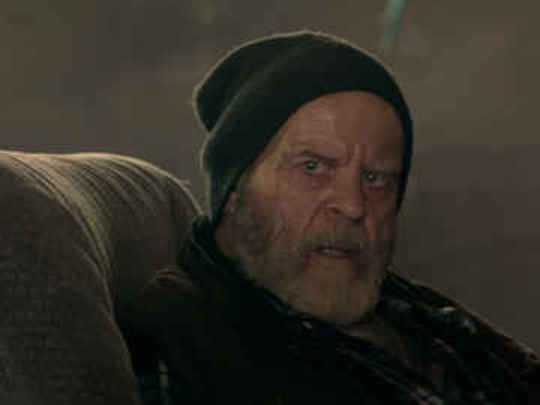The Quiet Earth
Film (Trailer and Excerpts) – 1985
A Perspective
The Quiet Earth was New Zealand's first big screen foray into the sci-fi genre. Made fairly soon after the nation proudly declared itself nuclear-free, the story concerns a global energy project which goes horribly wrong, and wipes out the population. Apocalypse ensues.
Like so many New Zealand films of that time, the result looks much more expensive than its million-dollar budget, thanks to the skill of director Geoff Murphy and his crew, who were adept at making features with high production values for minimal cost.
The first part of the film is compelling, as we observe the always highly watchable Bruno Lawrence coming to terms with not only being the last man on earth, but as one of the scientists working in ‘Operation Flashlight', being partly responsible for this state of affairs.
Murphy's direction and Lawrence's performance are original achievements considering Lawrence is alone, not just in the world, but on screen, for the first half hour of the film. Amongst these scenes, Zac has a brief but highly amusing conversation with Adolf Hitler.
It's fascinating to watch his mental state deteriorate from confusion and anger, through greed, to megalomania and insanity, with the dawning realisation that there really is no one else left on the planet. There is, of course, and once she (Alison Routledge) — and a further character, a Māori male (Pete Smith) — enter the film it charts a more conventional course. Sexual jealousy suddenly enters the picture and even a bit of racial tension gets added to the mix.
It was director Sam Pillsbury who first began turning Craig Harrison's apocalyptic novel into a movie. Encouraged by his financiers to start filming before he felt the project was ready, Pillsbury decided to hand the reigns to director Geoff Murphy, and instead became one of the producers. With 93 locations, it was a complex shoot. Murphy inherited the pressure of getting the film in the can before the Government removed tax concessions that the industry had up until that time been enjoying.
Australian-raised cinematographer James Bartle (The Scarecrow, Death Warmed Up) gives the film a distinctive look, with exaggerated colour and light effects, super wide shots and unusual camera angles. Bartle had shot a few New Zealand features previously, but The Quiet Earth was his last before heading overseas to a busy career shooting tele-movies. The lush score (played by the New Zealand Symphony Orchestra) was composed by John Charles, who later adapted it into a suite called Sunrise for Orchestra. This was the sixth New Zealand feature he'd written the music for; the others included Goodbye Pork Pie and Utu.
Reviews were mostly favourable, especially praising the achievement of the first section where Bruno Lawrence carries the film by himself. Variety noted the film's high production values and said "Geoff Murphy has taken a man-alone theme and turned it imaginatively to strong and refreshing effect." Time Out was hooked, but argued that "what promises initially to become an SF spoof of genuine oddity, soon degenerates into a merely conventional thriller with the arrival of two fellow survivors." The Los Angeles Daily News described it as "quite simply the best science-fiction film of the 80s."
Popular blog nerve.com placed The Quiet Earth in their top-10 ‘End of the World' movie scenarios list (in 2008) and five sexiest apocalypse movies (2009). The film has enjoyed an enduring reputation internationally. Wrote nerve.com: "Suppose they gave an apocalypse and nobody came? That's the question faced by the always-engaging Bruno Lawrence in Geoff Murphy's delightful little sci-fi thriller, The Quiet Earth. Made in New Zealand before it was home to hobbits and every low-budget syndicated action show on television."
The Quiet Earth sold to around 80 countries. According to former NZ Film Commission marketing director Lindsay Shelton it was "one of its year's top foreign earners in the United States." Although Shelton writes that distributors often told him that "New Zealand was a logical setting for science-fiction movies", the film remains the only one of its kind.
The Quiet Earth won Murphy Best Director nods at the 1986 Madrid and Tashkent Film Festivals (where it also won a special jury award for peace). It also scooped the film categories at the local GOFTA Film and Television Awards, including Best Film, Best Adapted Screenplay, and Best Male Performance.
Sources include
Lindsay Shelton, The Selling of New Zealand Movies (Wellington: Awa Press, 2005)
'Apocalypse Now and Then: 10 Great End-of-the-World Movie Scenarios'. Nerve.com website. Loaded 13 March 2008. Accessed 15 October 2008
'WH', 'The Quiet Earth' (Review). Time Out website. Accessed 15 October 2008
Variety staff, 'The Quiet Earth'(Review). Variety, 31 December 1984
Review of The Quiet Earth - Los Angeles Daily News, 18 October 1985
